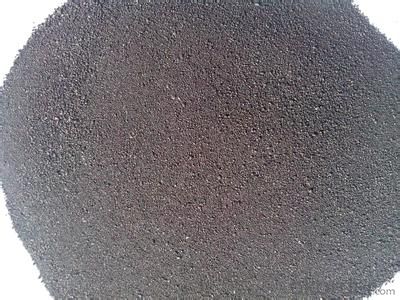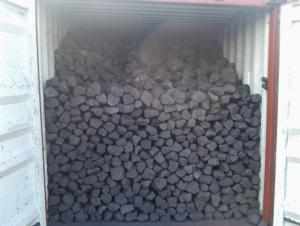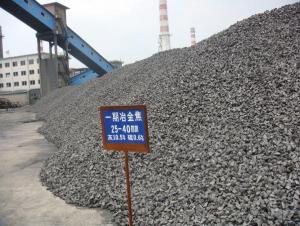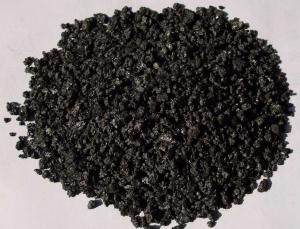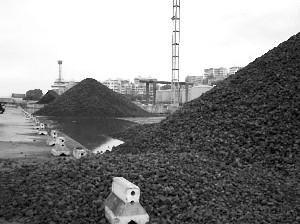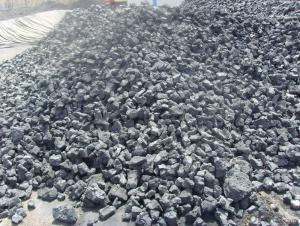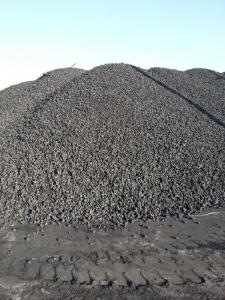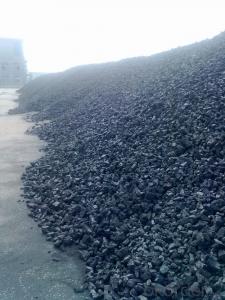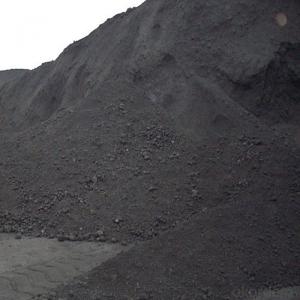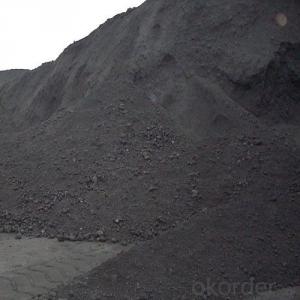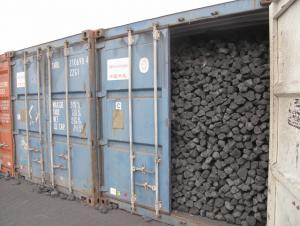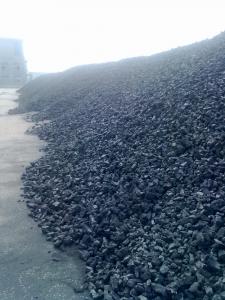MET COKE BRAZZE
- Loading Port:
- China Main Port
- Payment Terms:
- TT OR LC
- Min Order Qty:
- -
- Supply Capability:
- -
OKorder Service Pledge
Quality Product, Order Online Tracking, Timely Delivery
OKorder Financial Service
Credit Rating, Credit Services, Credit Purchasing
You Might Also Like
Quality | Quality guaranteed |
Moisture (As receive basis) | 10% max |
Ash (dry basis) | 15% max |
Volatile Matter (dry basis) | 1.5% max |
Sulphur (dry basis) | 0.08% max |
Phosphorus (dry basis) | 0.04%max |
Size 0—10mm | 90%min |
+10mm | 10%max |
|
|
- Q: What is the concept, relationship and difference between coke and coke? The main difference and contact, thank you
- 6, the horizontal type coke oven drying machine(7) gas purification circulating water.... supporting technology(8) dry cooling technology of interlayer water-cooled steam.(9) microcomputer precise dosing system
- Q: Coke is how to make it? What is the use?
- Coke production has prepared the material into the coal charging car from coal tower, were sent to the furnace chamber. The gas produced by the dry distillation is sent to the chemical product recovery workshop for processing. After a coking period (from charging to pushing the required time is generally 14 to 18 hours, depending on the carbonization chamber and the width), a pusher will mature by refining coke coke machine into the coke car; coke quenching, coke is discharged into the cold coke; then screening and storage (Figure 4).The coking plant is generally composed of two coke ovens. The two coke ovens are arranged on the same central line, and a coal tower is arranged in the middle. A furnace with coke oven machinery -- corresponding charging car and coke machine, machine coke, coke quenching car and motor vehicle; also equipped with a set of facilities including coke quenching, coke quenching tower, coke quenching pump, coke powder and coke powder sedimentation tank grab, arranged in the end furnace group. The center of the coke quenching tower is not less than 40 meters from the center of the carbonization chamber. If dry coke quenching, coke oven station. The coking plant is also equipped with the necessary piping and reversing system.
- Q: Coke belongs to the coal industry
- Warehousing and postal 03 animal husbandry 26 chemical raw materials and chemical products 51 railway transportation 04 fishery 261 other chemical materials 52 road transport 05 Agriculture Forestry Animal Husbandry and fishery service 262 fertilizer 53 city public transportation B mining 263 pesticides 54 Water Transport 06 coal mining and washing industry 264 coatings, printing ink, pigment and similar products 55 air transport 07 oil and gas pipeline transport 08 5600 265 synthetic materials of ferrous metal ores 266 special chemical products 57 loading and unloading and other transport 09 non-ferrous metal mining 267 daily chemical products 5710 handling 10 non metal mining 27 medicine manufacturing 5720 transport agency services
- Q: After the long-term use of non stick pan, oil stains can not be effectively removed, over a long period of time in the non stick coating on the formation of a layer of coke, the effect of losing non stick. As a result of this layer of coke is relatively dense and smooth, scouring cloth has been ineffective, steel ball can not be used to damage the coating, what chemical or physical methods to remove this layer of coke?
- Soak in hot water for a few hours (or a day and night).Two, with cooking shovel (Mason's Pihui knife is best) to remove surface soft.Three, the same with a spade close to the bottom of the pot to eradicate. Until the last thing left is black.
- Q: Who knows the proportion of pig iron and coke used in Cupola
- There are doubts: if the scrap ratio is too large to increase the difficulty of processing, product quality can not be guaranteed. The proportion is too high or too low are abnormal.2, auxiliary material input: foundry auxiliary materials mainly coke. Ordinary casting (except dry cylinder) 1 tons ~ ~ 5 tons cupola, each investment of 1 tons of coke, according to the situation of the piece can be from 4.5 tons to 5.5 tons. Ordinary blank (special pieces extra), 5 tons to 10 tons per 1 tons of coke in cupola furnace about 6.5 tons to 7.5 tons of blank (waste products re melted are calculated according to the above method).
- Q: How to distinguish the level of coke. What is metallurgical coke
- Since more than 90% of metallurgical coke is used for blast furnace ironmaking, it is often referred to as coke. Other more specific can see here:
- Q: How much coal can a kilogram of coal weigh?
- The ratio is about 1 to about 0.7, that is, about 1 kilograms of coking coal can produce a total of about 0.7 kg of coke
- Q: I don't understand. With coke, then the rest of the coke, they are selling it?
- If most of the solid fuel is burning coal, but coking coal, which is very strong viscosity of coal is not good, it is very interesting to use the individual plant with it, the purpose is to change the fuel characteristics.Coking coal and coke, commonly used in metallurgical industry.Coal will be heated to a process of coke, but you really want to get coke, to specialized production. Power plants do not produce coke, they only have gray coke
- Q: I now do a good job in the coke network editor, I would like to know more about coke
- Direct reduction in the blast furnace in the area above 850 degrees celsius. Because the CO2 generated at high temperature immediately reacts with the carbon in coke to form CO, it can be considered that the carbon in coke is directly involved in the reduction process:CO is used as reducing agent, either indirect or direct reduction. In order to continue to add CO, requires a certain degree of reactivity of coke.
- Q: Why in the blast furnace ironmaking with coke instead of charcoal why coke can produce heat to improve the heat of the furnace how to produceWhy in the blast furnace ironmaking with coke instead of charcoal why coke can produce heat to improve the heat of the furnace how to produce
- Under the condition of isolated air, the bituminous coal is heated to 950-1050 DEG C, and finally, the coke is made by drying, pyrolysis, melting, bonding, solidification and shrinkage
Send your message to us
MET COKE BRAZZE
- Loading Port:
- China Main Port
- Payment Terms:
- TT OR LC
- Min Order Qty:
- -
- Supply Capability:
- -
OKorder Service Pledge
Quality Product, Order Online Tracking, Timely Delivery
OKorder Financial Service
Credit Rating, Credit Services, Credit Purchasing
Similar products
Hot products
Hot Searches

